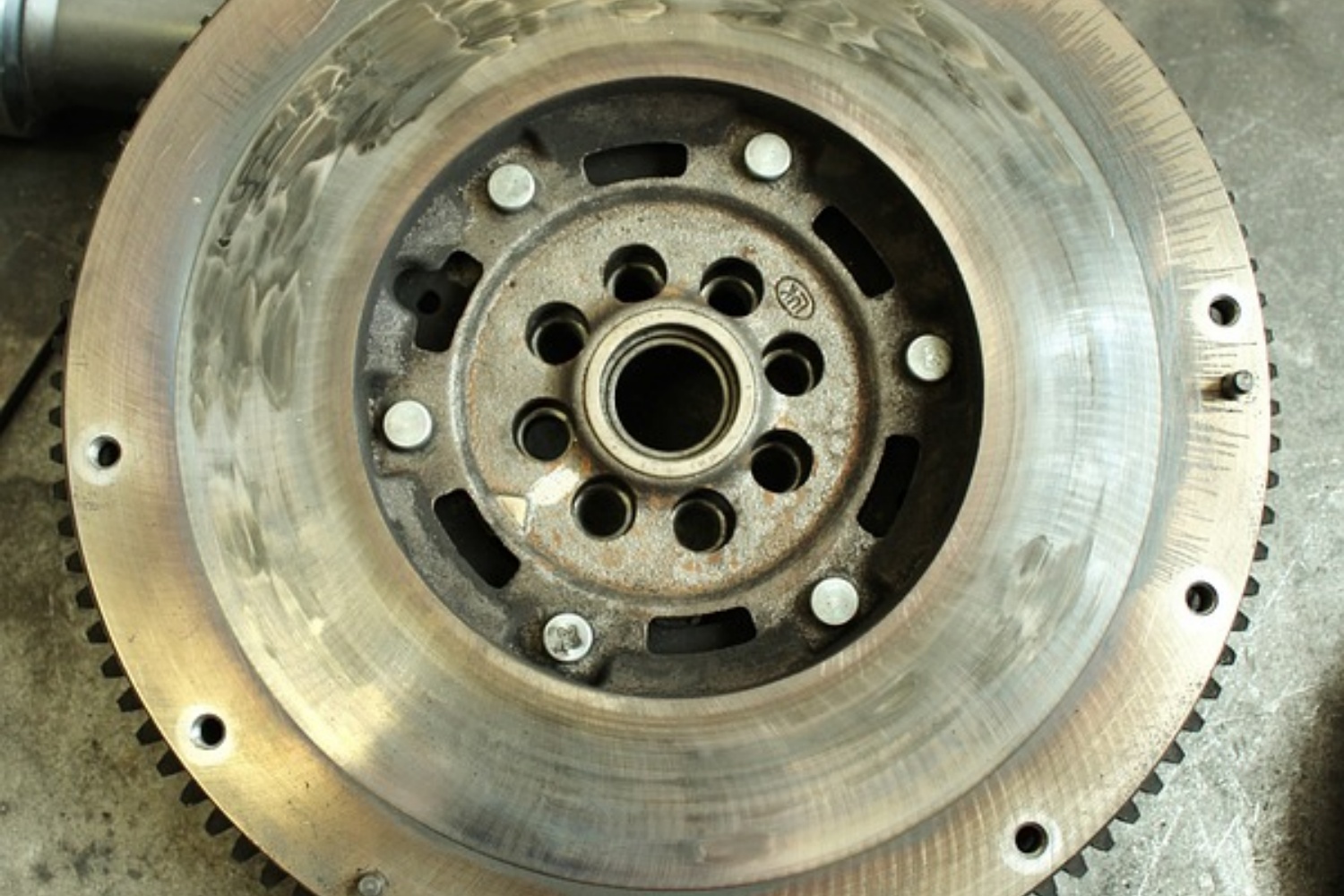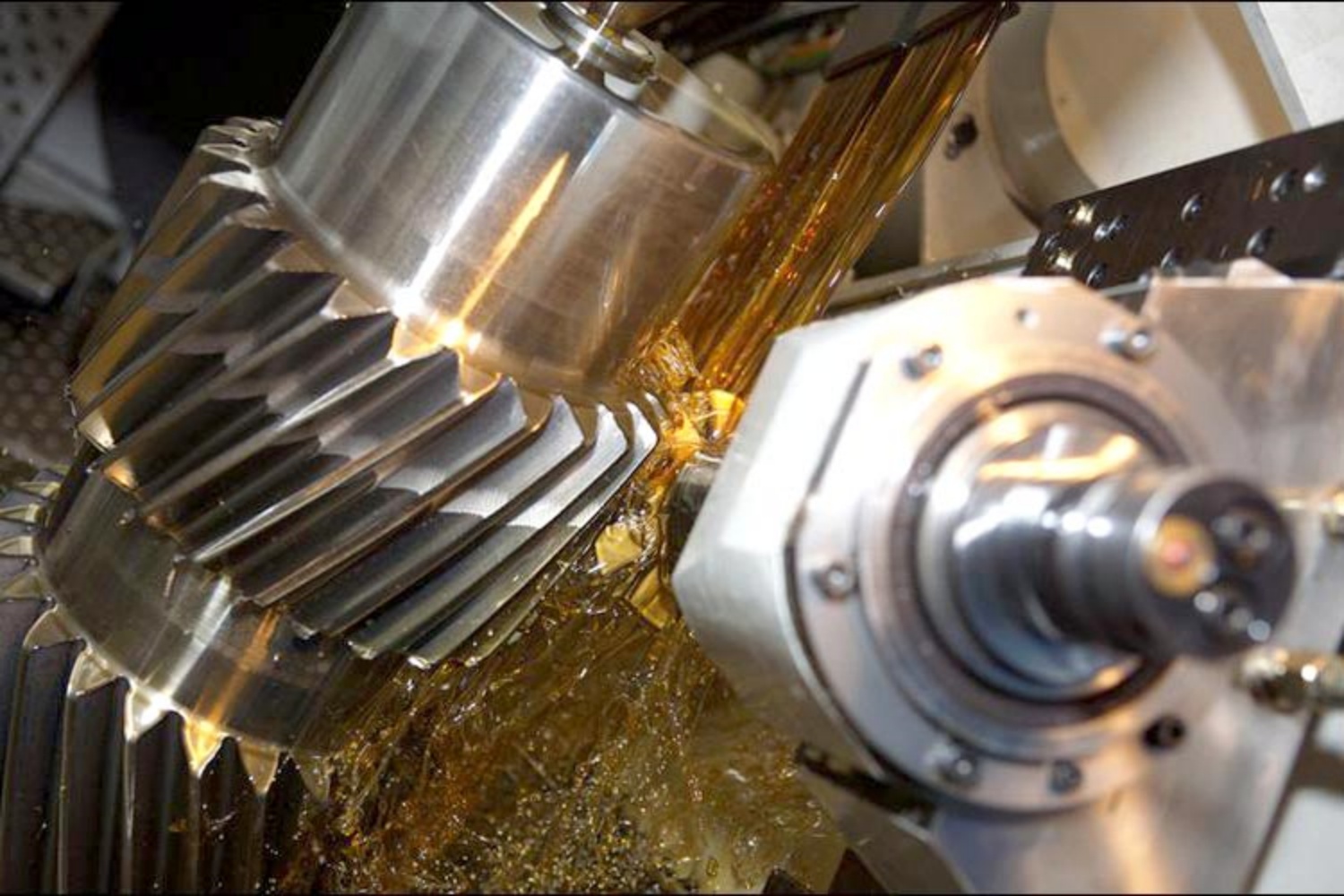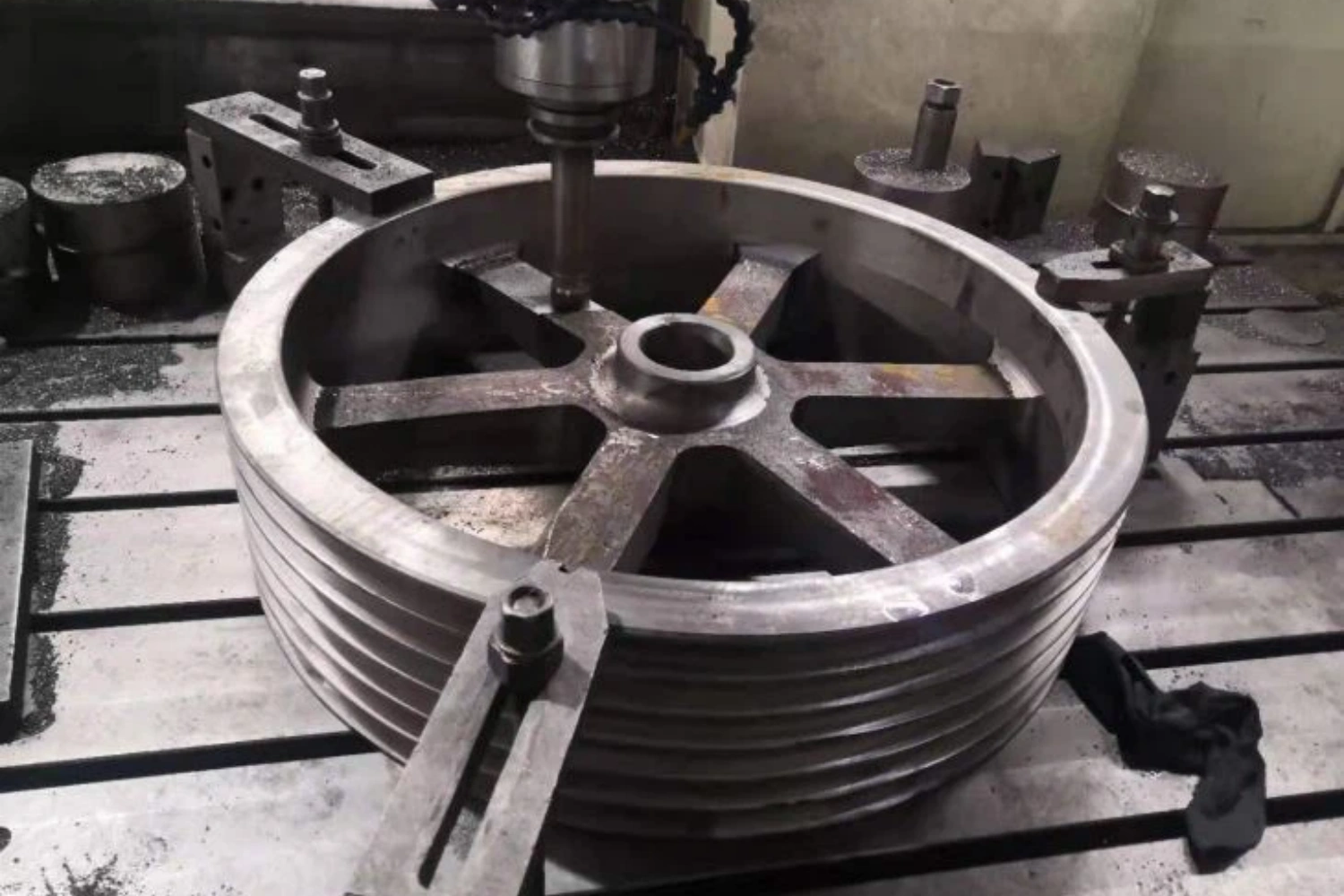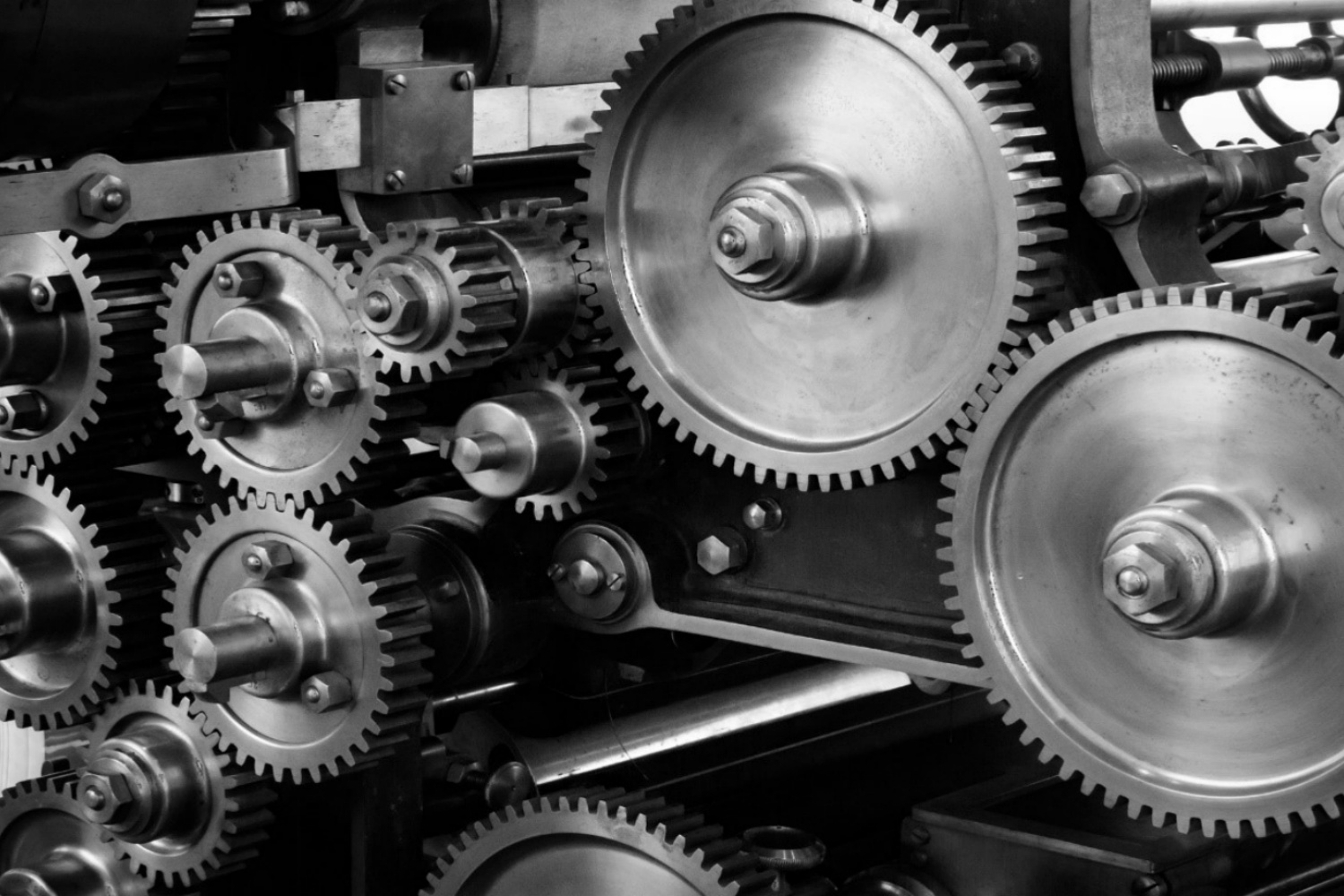Machining plays a pivotal role in modern manufacturing, transforming raw materials into precise components essential for various industries. The process involves a range of techniques and tools that enable the production of intricate parts with high accuracy. Exploring the significance of machining parts and components reveals the common techniques used and the benefits they offer.
The Importance of Machining in Manufacturing
Machining is a critical process in the production of parts that require tight tolerances and specific geometries. From aerospace components to automotive parts, the need for precision-engineered solutions drives the demand for effective machining techniques. As industries evolve, the complexity and requirements of machining parts continue to grow, necessitating advanced technology and expertise.
Common Machining Techniques
Several machining techniques are widely used in the industry, each serving different purposes and applications:
Turning: In turning operations, a workpiece is rotated while a cutting tool removes material to create cylindrical shapes. This technique is commonly used for producing shafts, bolts, and bushings.
Milling: Milling involves using rotating cutting tools to remove material from a stationary workpiece. This method is versatile and can create complex shapes, slots, and contours, making it suitable for a variety of applications.
Drilling: Drilling is the process of creating holes in a workpiece using a rotating drill bit. This fundamental technique is essential for many components and is often used in conjunction with other machining processes.
Grinding: Grinding is a finishing process that uses abrasive wheels to achieve smooth surface finishes and precise dimensions. It is commonly used for hard materials and critical applications where high accuracy is required.
Electrical Discharge Machining (EDM): EDM utilizes electrical sparks to remove material from a workpiece. This technique is particularly useful for creating intricate shapes and features in hard materials.
Key Components of Machining Parts
The effectiveness of machining largely depends on the quality and design of the parts being produced. Several components play crucial roles in the machining process:
Cutting Tools: High-quality cutting tools, such as inserts and end mills, are essential for efficient material removal. The choice of tool material and geometry affects the performance and lifespan of the tool.
Workholding Devices: Properly securing the workpiece during machining is critical for achieving accuracy. Workholding devices, such as vises and fixtures, help stabilize the part and prevent movement during operation.
Coolants and Lubricants: Using coolants and lubricants during machining helps reduce friction and heat, extending tool life and improving surface finishes. Proper management of these substances is essential for optimal performance.
Advantages of Machining Parts
Machining offers numerous benefits that contribute to its widespread use in manufacturing:
Precision and Accuracy: Machining techniques can achieve tight tolerances and intricate designs, ensuring that components meet exact specifications.
Versatility: A wide range of materials, including metals, plastics, and composites, can be machined, making it suitable for various industries and applications.
Efficiency: Advanced machining technologies, such as CNC (Computer Numerical Control) machining, enhance production efficiency by automating processes and reducing lead times.
Customization: Machining allows for the creation of custom parts tailored to specific requirements, providing flexibility in design and functionality.
Machining parts and components are fundamental to modern manufacturing, driving innovation and efficiency across diverse industries. With a variety of techniques available, each offering unique advantages, machining continues to evolve, adapting to the demands of an ever-changing market. By understanding the importance and capabilities of machining, manufacturers can leverage these processes to produce high-quality components that meet the needs of their applications.
CONTINUE READING
Related Posts
Spline gears are an essential component of many industrial and mechanical systems, playing a crucial role in power transmission and […]
Power Transmission Efficiency Customized V-belt pulleys are essential in meeting the specific requirements of different agricultural applications. The design and […]
Industrial gears are a crucial component of various manufacturing and processing systems. When selecting industrial gears, two key factors to […]






